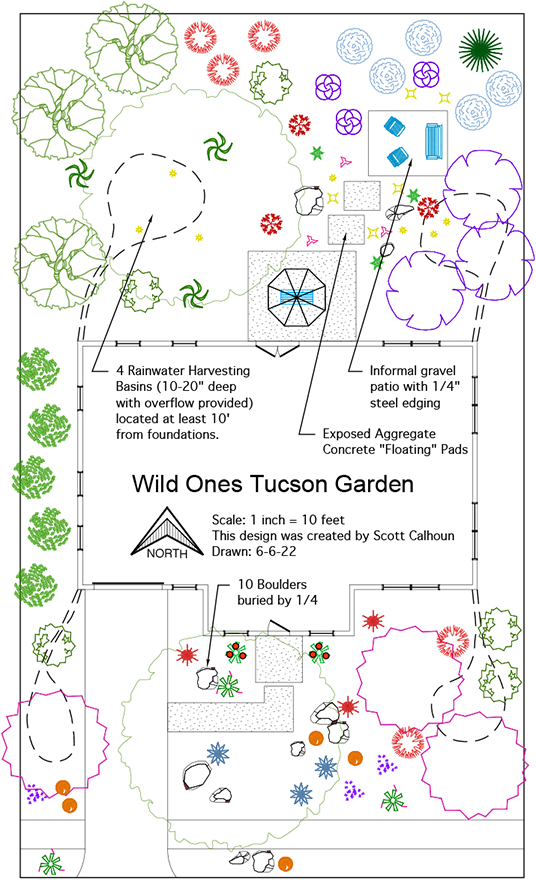
Printing note: This design was created to be 8.5″ x 14″ and the design pdf will print best on legal size paper.
Wild Ones Meet the Designer Webinar
Tucson Discussion with Designer Scott Calhoun

Designer Statement
In drawing this Tucson garden design template, I aimed to create a home garden that is resilient to climate change and water scarcity. I used the toughest native plants, coupled with basins designed to harvest rainwater from the home’s roof to create a landscape that will survive after establishment with minimal to no-additional watering by the homeowner. I have also selected very heat tolerant species to endure the intense heatwaves that come with climate change. Most of the plants I’ve used are among the toughest of the tough for our region.
In the backyard, I’ve designed the hard surfaces as modern floating concrete pads that will direct rainwater to adjacent plantings while providing a walkway to a contemplative space where the homeowner can watch birds and pollinators and entertain human guests. This sort of permeable paving provides a nice gateway into the garden and allows planting and seed-sowing in and around paving.
Regional Appropriateness
With three exceptions that are Chihuahuan desert natives, the plants I’ve listed are all appropriate for Tucson, Phoenix, and other low to mid elevation Sonoran desert locations. Some colder and higher elevation desert cities would require some substitute plants. The plants in the plan are all native to the Sonoran desert region which spans the Arizona border into Sonora Mexico and includes a portion of the Baja peninsula.
Plant Container Size
In my template, I’ve included the number of each plant but not the size. I typically recommend purchasing the smallest container size available. This not only saves money when buying plants, but it will also take less water to get smaller plants established. Most of the plants I specify will be available in either 1 or 5 gallon (sometimes also called #1 or #5 containers) sized pots.
Native Plant Sources in Tucson
The plants I’ve selected should not be too difficult to find but might require some sleuthing at more than one nursery. Below are some of my local favorites.
Native Plant Nurseries:
Desert Survivors Nursery: https://desertsurvivors.org/
Spadefoot Nursery: https://www.spadefootnursery.com/
Starr Nursery: https://starr-nursery.com/
Cactus and succulent sources:
Bach’s Cactus Nursery: https://www.bachscactus.com/
B & B Cactus Farm: http://www.bandbcactus.com/
Miles To Go Cactus and Succulents: https://www.miles2go.com/
Plants for the Southwest: https://plantsforthesouthwest.com/
Tucson Cactus and Succulent Society: https://tcss.wildapricot.org/
Other retail nurseries that stock some native plants:
Civano Nursery: https://civanonursery.com/
Harlow Gardens: https://harlowgardens.com
Mesquite Valley Growers: (520) 721-8600
Soil Preparation
The soil in much of the low and mid elevation desert surrounding Tucson is alkaline and low in organic content. The mix of plants I’ve selected is generally tolerant and adapted to these soil conditions. Soil amendments are generally not needed or recommended for a garden comprised mostly of tough natives. I do recommend increasing the “tilth” (crumbliness) of the soil, especially if it has been compacted during home construction. This can be done by digging wider holes when planting trees and other woody plants. I recommend the planting method tested by the University of Arizona, which also has recommendations if you encounter hardpan soil, which is also known in the region as caliche.
Top Dressing and Mulch
In much of the region, gravel is the mulch of choice in most neighborhoods. My plan would look good with a screened gravel mulch. A gravel mulch does reduce evaporation and makes an excellent seed bed for growing wildflowers (see list below). The two downsides to gravel are that it has to be mined and doesn’t reduce soil temperatures or evaporation as much as an organic mulch (typically made from composted tree waste). But some native plants do not like organic mulch piled up next to their stems over the root balls. Either mulch, or a combination of both, could work with my design.
Irrigation
As mentioned above, this garden is designed to survive on its own after the plants are established. The establishment period is generally from 1-3 years (at least two full summers), depending on weather, and when the plants were planted, and other factors. Because the establishment period is long, I would encourage homeowners to install at the minimum, a temporary drip irrigation system with a timer. The other option would be to install a standard drip irrigation system with at least two valves: one for trees and large woody shrubs that need deep but infrequent irrigation, and another for perennial plants that want shallow but more frequent irrigation. Installing a more standard drip irrigation system also gives the homeowner an easy way to supplementally water in periods of extended drought. The Arizona Municipal Water Users Association has an excellent drip irrigation guide with diagrams.
Wildflowers
In addition to the main plantings I’ve included in the plan, seasonal wildflowers can be sown by seed to “knit” the garden together. Wildflower seeds are typically sown in two different seasons in the low desert–cool season growers are sown in fall, and monsoon blooming flower seeds are sown in early summer.
- Eschscholtzia mexicana (Mexican Gold Poppy) F
- Kallstroemia grandiflora (Arizona Poppy) S
- Lupinus sparsiflorus (Desert Lupine) F
- Lupinus succulentus (Arroyo Lupine) F
- Nama hispidum (Purple Mat) F
- Penstemon pseudospectabilis (Canyon Penstemon) F
- Penstemon superbus (Superb Penstemon, Coral Penstemon) F
- Phacelia campanularia (Desert Bluebells) F
- Psilostrophe cooperi (Paper Flower) S
- Proboscidea parviflora (Devil’s Claw) S
- Salvia columbariae (Chia) F
- Senna covesii (Desert Senna) S
- Sphaeralcea ambigua (Globe Mallow) F
- Zinnia grandiflora (Prairie Zinnia) S
F = Fall sowing
S = Summer sowing (just before monsoon rains)
Phases
In general, the easiest way to install this garden in phases would be geographically. That is, do either the front or backyard initially, and the other areas at a later date. If you are installing drip irrigation as I suggested above, you can cap the lines as they come up to the border between the front and backyard, so they are ready for the second phase. If you are using an organic or gravel mulch, you could also save money on delivery fees by having it delivered all (the amount needed for both the front and backyard areas) delivered all at once and stockpiling the excess until needed if feasible.
PLANT LIST
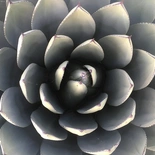
Artichoke Agave(Agave parryi v. truncata)
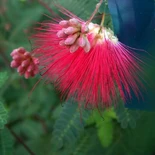
Baja Fairy Duster(Calliandra californica)
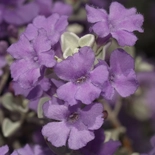
Blue Ranger(Leucophyllum zygophyllum)
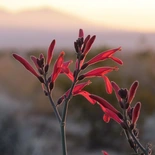
Chuperosa(Justicia californica)
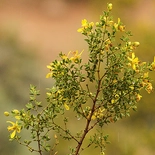
Creosote(Larrea tridentata)
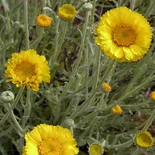
Desert Marigold(Baileya multiradiata)
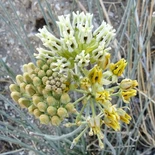
Desert Milkweed(Asclepias subulata)
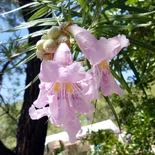
Desert Willow(Chilopsis linearis)
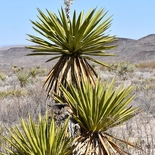
Facon's Yucca(Yucca faxoniana)
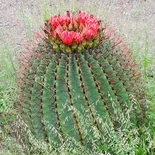
Fishhook Barrel Cactus(Ferocactus wislizeni)
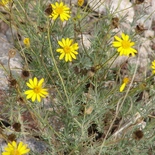
Golden Dogweed(Thymophylla pentachaeta)
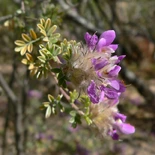
Indigo Bush(Dalea pulchra)
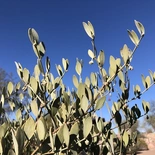
Jojoba(Simmondsia chinensis)
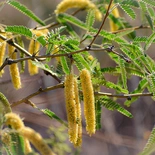
Mesquite Trees(Prosopis velutina)
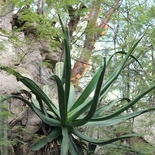
Octopus Agave(Agave vilmoriniana)
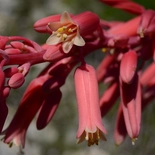
Red Yucca(Hesperaloe parviflora)
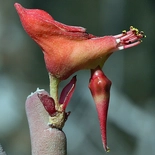
Slipper Plant(Pedilanthus macrocarpus)
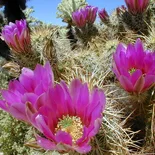
Strawberry Hedgehog Cactus(Echinocereus engelmannii)
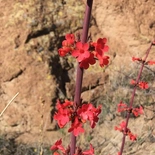
Superb Penstemon(Penstemon superbus)
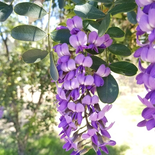
Texas Mountain Laurel(Sophora secundiflora)
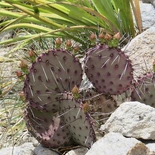
Tuxedo Spine Prickly Pear(Opuntia Macrocentra)
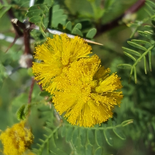
Whitethorn Acacia(Vachellia constricta)
ABOUT THE DESIGNER

Scott Calhoun is a plantsman, designer, and writer based in Tucson, Arizona. He is the author of six books about plants, design, and food. His first book, Yard Full of Sun, was awarded the 2006 American Horticultural Society Book Award; his second title, Chasing Wildflowers, won the Garden Writers Association 2008 Silver Book Award. He is a Phoenix Home and Garden “Master of the Southwest.” His most recent book is The Gardener’s Guide to Cactus. Scott has designed over 600 residential desert landscapes. Find out more at www.zonagardens.com.
Free Workshop: "Turn That Patch Into a Plan" with Zoe & Heather Evans
December 9th at 5:00 PM (CT)
Designing with native plants isn’t just about what you grow, it’s about how you shape your space. In this hands-on workshop, Zoe Evans (Plan it Wild) and Heather Evans (Design Your Wild) guide you through the process of creating a cohesive yard plan that supports both your lifestyle and biodiversity.
About Wild Ones
Wild Ones (a 501(c)(3) nonprofit organization) is a knowledgeable, hands-on, and supportive community focused on native plants and the ecosystem that depends on them. We provide resources and online learning opportunities with respected experts like Wild Ones Honorary Directors Doug Tallamy, Neil Diboll, and Larry Weaner, publishing an award-winning journal, and awarding Lorrie Otto Seeds for Education Program grants to engage youth in caring for native gardens.
Wild Ones depends on membership dues, donations and gifts from individuals like you to carry out our mission of connecting people and native plants for a healthy planet.
Looking for more native gardening inspiration? Take a peek at what our members are growing!

